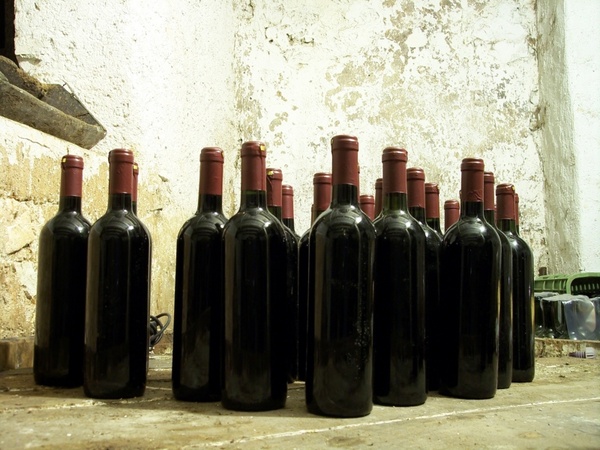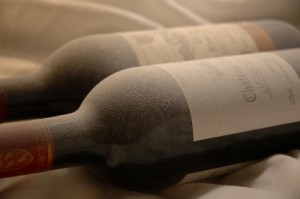
Drink up: Wines really don’t need to be aged
Many years ago, I was given a bottle of wine that sparked my greatest wine dream: my own private wine cellar. A cellar designed with bottles lining a dark romantic room. Wines waiting among the spider webs while time works its magic. If you are fortunate enough to realize this idealistic cellar it is a significant achievement, but do we need a space in our homes to allow decades of wine aging?
One of the main reasons we buy wines to age is a simple case of supply and demand. If you let the producer, broker or wine shop store the aging wine, generally, it will cost more. Many wines in the past were produced with characteristics that needed time to mellow out and soften.
But the reality is most wines do not improve with age. Almost 98 percent of wine produced today is meant to be consumed fresh, with a shelf life of 3 to 5 years.
What makes today’s wines so different from those romantic stories of pulling out a 30-year-old Bordeaux or Burgundy that has finally reached its prime? A lot. One hundred years ago, grapes were hand harvested and put into baskets and thrown into open vats at the winery in hope Mother Nature would control the temperature and it would eventually become a fine wine.
Today, with dramatic changes in grape harvesting and winery technology, wines are crafted with more precision. Starting with the harvest of uniformly ripe grapes. Perhaps the largest impact is from “green harvesting.” A green harvest is when, a month or so before the actual harvest date, less ripe clusters of grapes are “dropped” or “eliminated.” These unwanted clusters are literally cut and dropped on the ground, allowing the vines to divert more energy on the riper grapes. Green harvesting has transformed the quality of modern fine red wines throughout the world offering the consumer a softer, finer tannin structure.
Advances in technology are allowing winemakers to pay meticulous attention to fermentation methods, timing of skin contact on the wine, temperature control, filtering and the use of small oak barrels. Each of these techniques makes red wines more approachable to drink with more integrated tannic structure.
I know some of you may be thinking, “but what about my classic Brunello or Barolos?” Those wines are the exception. But for the rest of us, those millions of other bottles lining retail shelves are ready to drink now and don’t require the coveted cellar space.
The conclusion: Unless you have strategically collected bottles intended for aging, it may be time to take stock of your collection and enjoy those bottles in the present.
 A few weeks ago, my husband and I nervously pulled the cork of a bottle we had tended for almost 15 years. Many occasions came and went with the discussion of whether it was too early, late or the perfect time.
A few weeks ago, my husband and I nervously pulled the cork of a bottle we had tended for almost 15 years. Many occasions came and went with the discussion of whether it was too early, late or the perfect time.